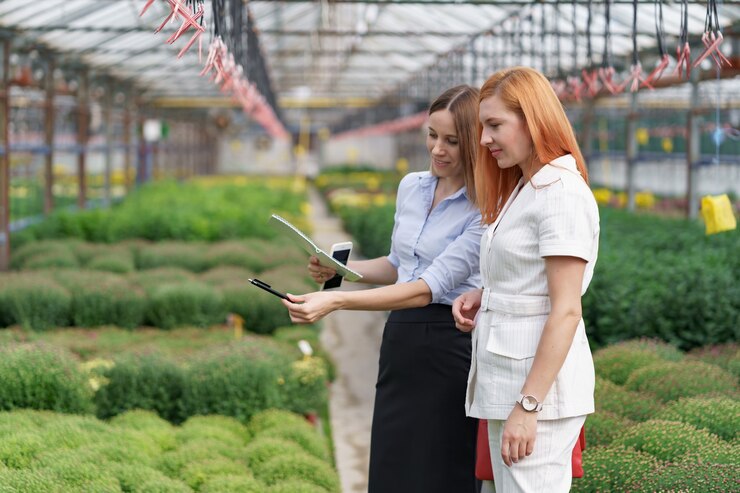In the world of agriculture, where the prices of crops and livestock can fluctuate with the seasons, finding the right pricing strategy is essential for success. Just as a farmer carefully tends to their fields to maximize yield, so too must they carefully consider their pricing strategies to optimize profitability.
Understanding Pricing Dynamics
Pricing in agriculture is influenced by a variety of factors, including market demand, supply chain costs, and competition. Farmers must carefully analyze these dynamics to determine the optimal price point for their products.
Cost-Based Pricing
One common approach to pricing in agriculture is cost-based pricing, where farmers calculate the total cost of production and add a markup to determine the selling price. While this method provides a straightforward way to ensure profitability, it may not always reflect market demand or consumer willingness to pay.
Value-Based Pricing
Another approach is value-based pricing, where the price is determined by the perceived value of the product to the customer. This strategy allows farmers to capture additional value by emphasizing the unique qualities of their products, such as freshness, quality, or sustainability.
Dynamic Pricing
In today’s digital age, dynamic pricing has become increasingly prevalent in agriculture. This strategy involves adjusting prices in real-time based on factors such as demand, weather conditions, or inventory levels. By leveraging technology and data analytics, farmers can optimize pricing to maximize revenue and minimize waste.
Striking the Right Balance
Ultimately, the key to successful pricing in agriculture lies in striking the right balance between profitability and market competitiveness. Farmers must carefully consider factors such as production costs, consumer preferences, and industry trends to determine the optimal pricing strategy for their products.
In conclusion, pricing is a critical component of agriculture marketing that requires careful consideration and strategic planning. By understanding the various pricing strategies available and adapting to changing market conditions, farmers can maximize profitability and ensure long-term success in the dynamic world of agriculture.
